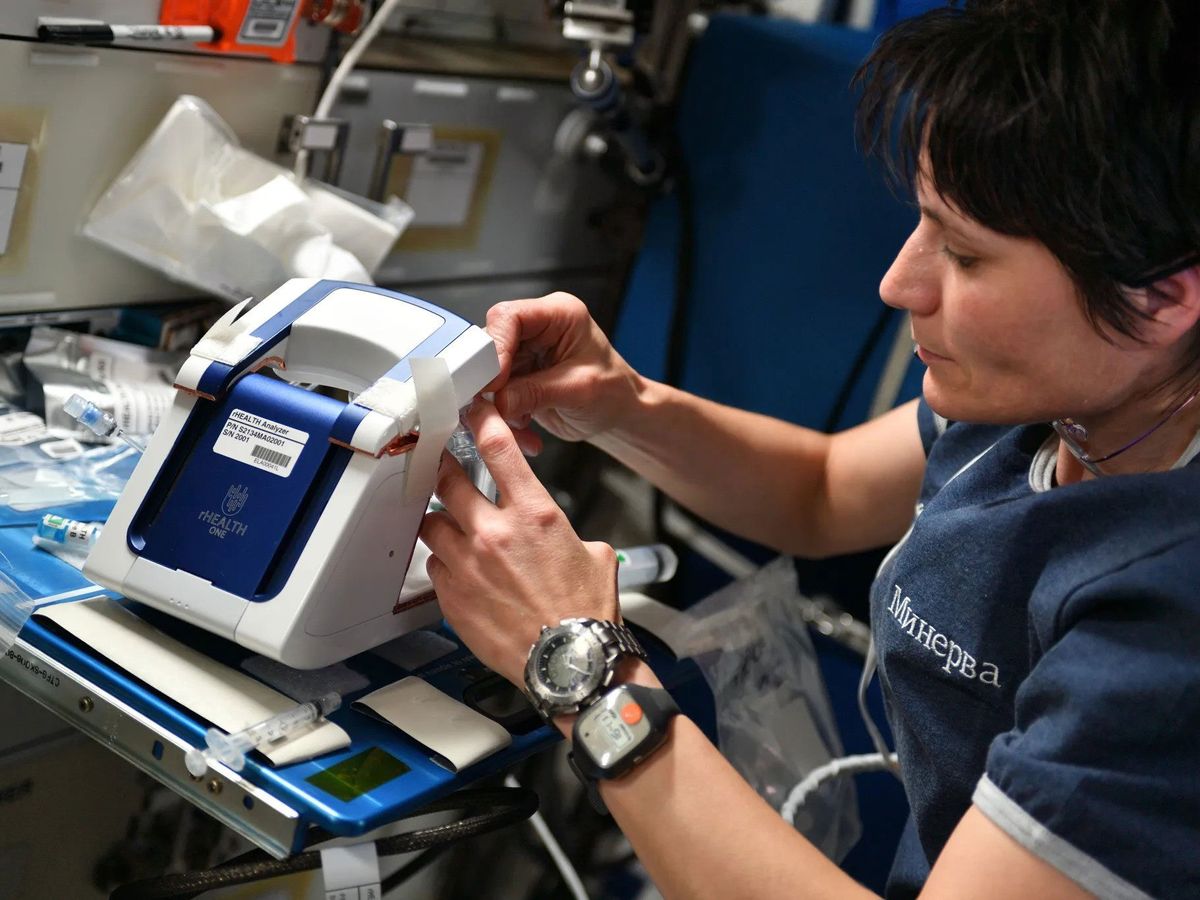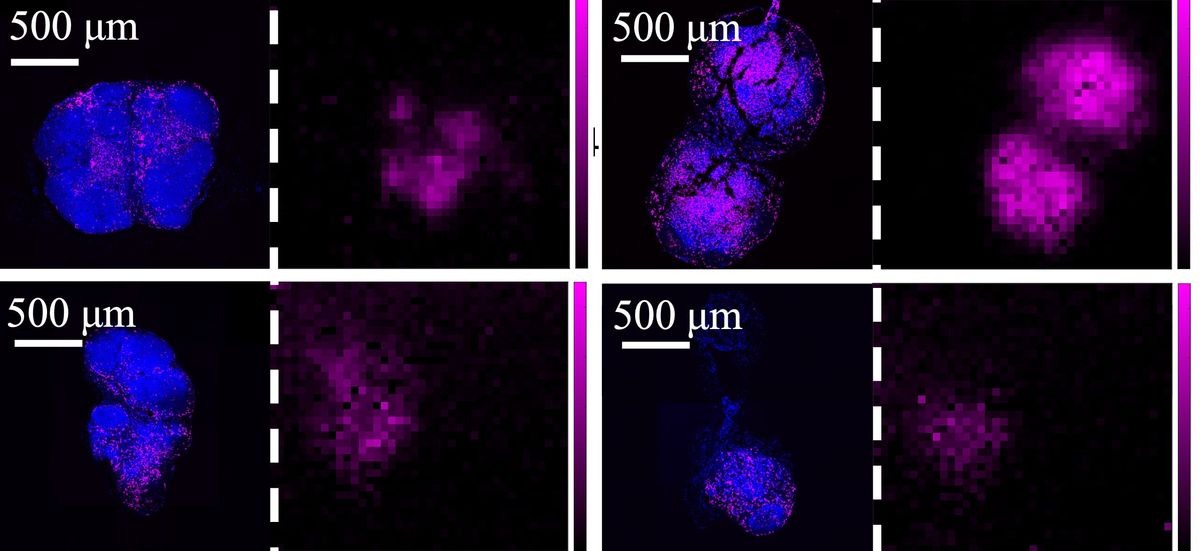Since the beginning of the US government getting behind nanotech as a focused program the expressed reason (explicitly or tacitly) for pursuing this course has primarily been that of not missing out on a whole new “industry” to provide new jobs and wealth.
It seems that the Obama White House has taken a different tack to the whole purpose of the government pouring money into nanotech. Instead of not missing out on the next big thing for economic development, we get not missing out on the next big thing in alternative energies.
If you followed the links above, you now know that I don’t think much of the ideas that nanotechnology can be supported as a rising industry that will provide economic development for any one particular geographic region, and nor should it be held out as some sort of cure-all for making alternative energy economically competitive with oil.
By replacing one pipe dream for another, I’m not sure that the Obama administration is doing much to move the discussion of nanotech beyond the realm of hype, but then again what else are they supposed to say.
Dexter Johnson is a contributing editor at IEEE Spectrum, with a focus on nanotechnology.


